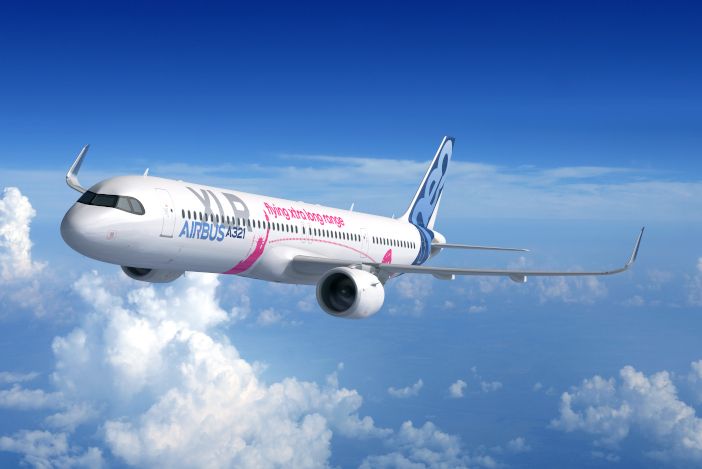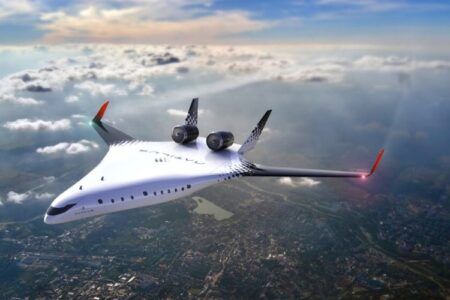Airbus announced the development of the A321XLR at the Paris Air Show this month, an 8,700km range variant of its A320neo family.
The twinjet aircraft, which is expected to be in service from 2023, will be able to fly 15% further than the current longest-range A320 variant, the A321LR, which has a range of 7,400km and carry up to 220 passengers.
The longer range will be enabled by modifications that include a new fuel tank located at the back of the aircraft which can contain more fuel, 12,900 liters and modified landing gear to support its increased weight of 101t.
The new fuel tank will hold more fuel than several Additional Centre Tanks (ACTs), the optional fuel tanks Airbus adds to its aircraft to extend their range. A standard A320neo can carry up to 23,490 liters of fuel, the A321LR uses three ACTs, each capable of holding 3,121 liters, to boost its capacity to 32,853 liters of fuel and the A321XLR has the option of one ACT, bringing its total fuel capacity to 39,511 liters.
The A321XLR will also have an optimized wing trailing-edge flap configuration to preserve the same takeoff performance and engine thrust requirements as the current A321neo, which is powered by CFM International Leap-1A or Pratt & Whitney PW1100G engines.
The improvements will result in a 30% lower fuel burn per seat than previous-generation aircraft, Airbus said, while opening up new routes such as India to Europe or China to Australia,
Several deals for the A321XLR were announced at the show, including orders for 14 aircraft from the International Airlines Group, 27 for the Air Lease Corporation and 36 for Qantas.
CEO of the Qantas Group, Alan Joyce said, “We already know the A320 is a great aircraft and this new variant can fly further and more efficiently than any other single aisle jet on the market. It can fly routes like Cairns-Tokyo or Melbourne-Singapore, which existing narrow-bodies can’t, and that changes the economics of lots of potential routes into Asia to make them not just physically possible but financially attractive.”





